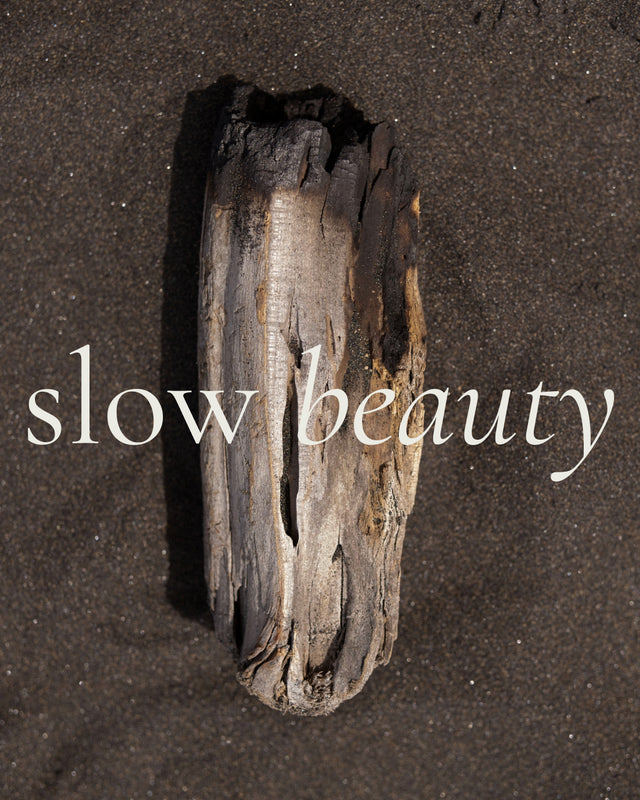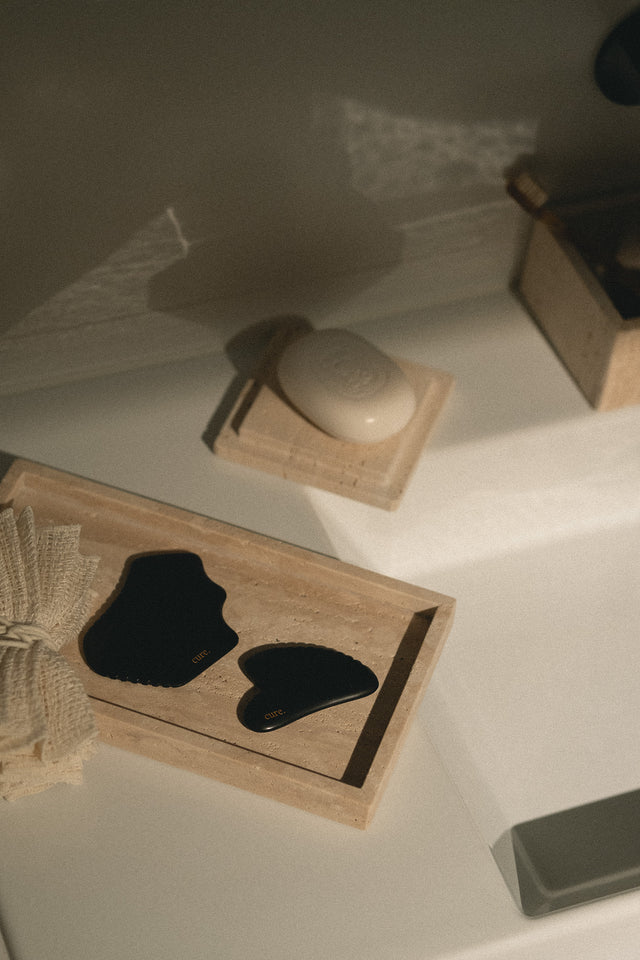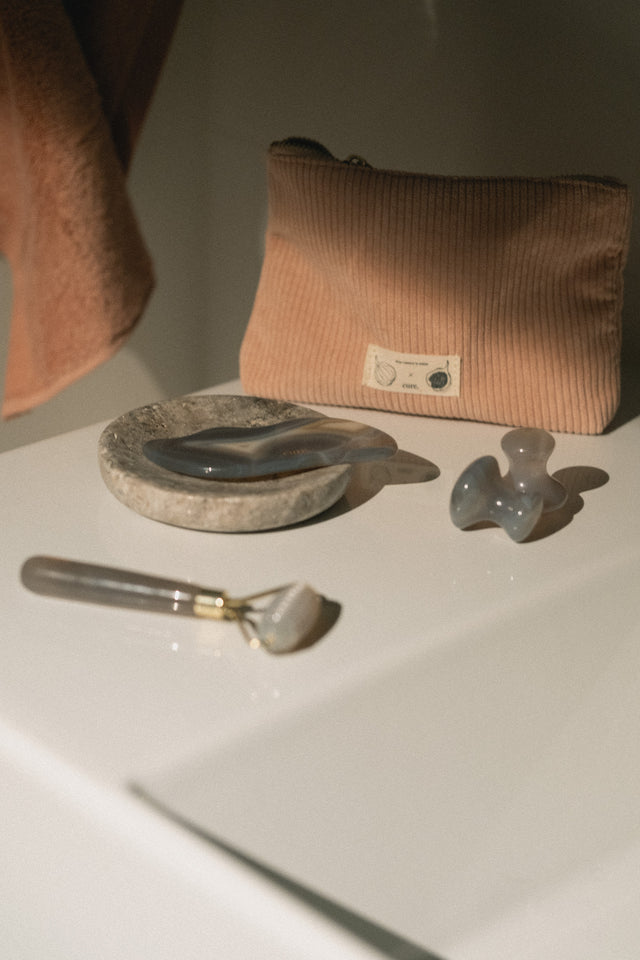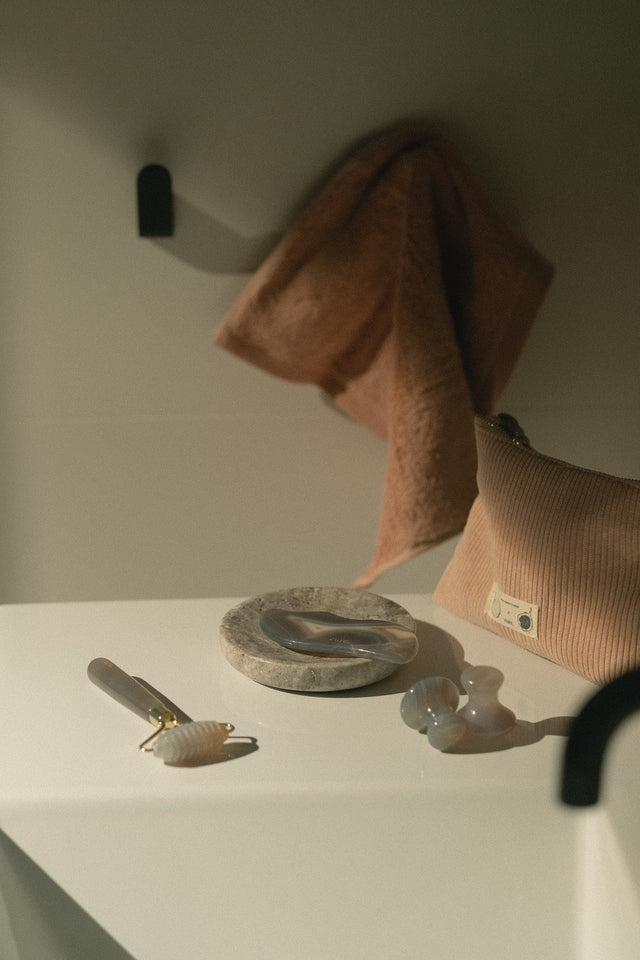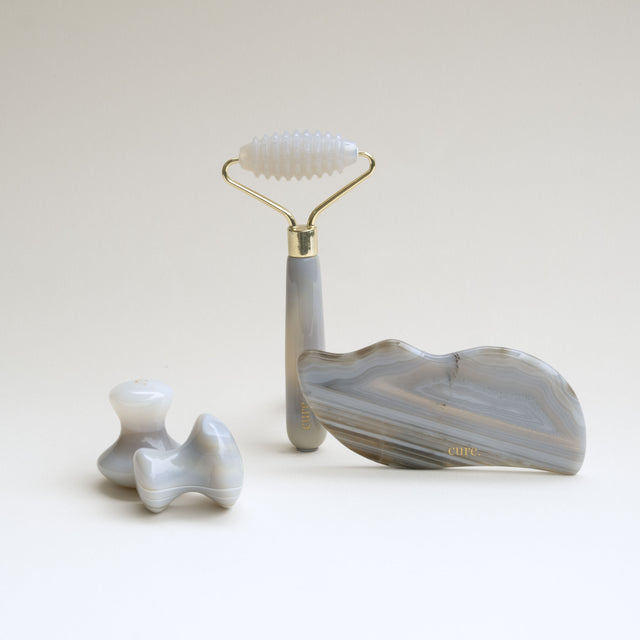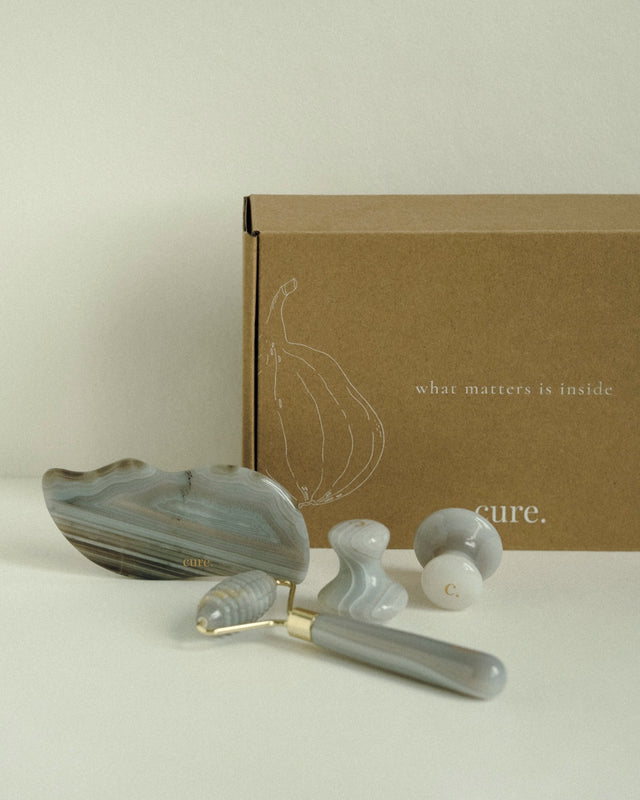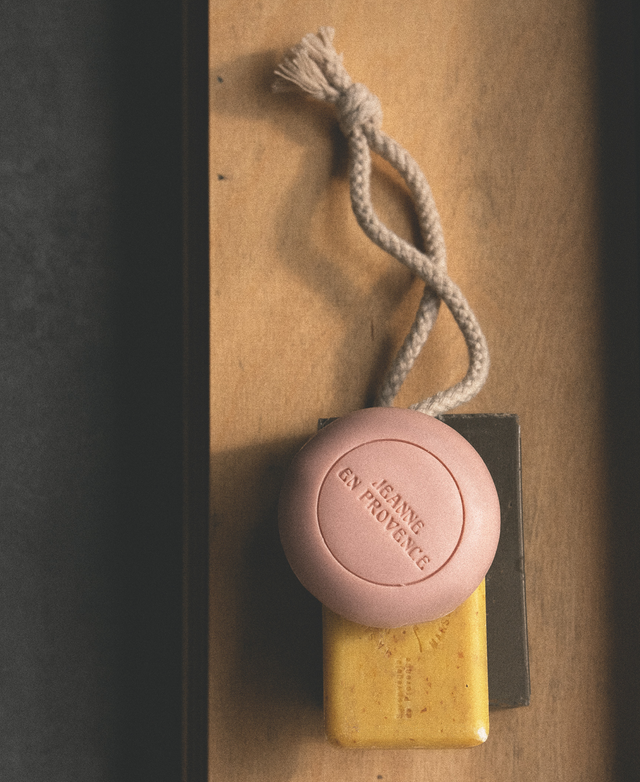A slower pace. The philosophy of slow beauty.
Tired of the endless race for results and success, humanity has decided to gradually exhale, slow down, and experience life at a calm rhythm. The measured approach has permeated various spheres of life, including beauty routines.
The roots of slow beauty
The slow movement originated in the gastronomic field. In the 1980s, the first fast-food restaurant opened in Rome, and as a response, the local gastronomy representatives started a trend known as slow food. Gradually, similar offshoots appeared in other areas such as education, fashion, design, and in 2012, the term slow beauty emerged.
The philosophy of slow beauty revolves around a measured way of life to preserve beauty. This is particularly relevant for city dwellers, where the pace of life is extremely high, and the beauty industry offers express procedures with instant results. Slow beauty, on the other hand, is based on a leisurely comprehensive care approach aimed at preservation rather than correction.
The slow beauty movement serves as a response to the imposition of rigid beauty standards, unhealthy age-fighting battles, and the cult of youth, as well as the pursuit of instant effects, which often have negative impacts on health.
Principles of slow beauty
Slow beauty is about self-love, which means taking care of one's physical and mental well-being. Advocates of this approach propose focusing on quality self-care instead of chasing quick results, without hurry or haste. Here are a few ideas that can help incorporate slow beauty into one's life:
- Reject procedures for instant rejuvenation, injections, or surgical interventions, as well as fast-acting cosmetics. They may temporarily hide signs of aging but can lead to persistent dependency. Additionally, a surgeon's scalpel or injections may address external issues, but the underlying causes remain unresolved.
- Instead of injections, prioritize regular massages and nourishing formulas. This approach can be called skin-friendly, as it involves accepting one's own uniqueness, caring for and respecting the skin's needs.
- Choose cosmetics with natural ingredients and minimize the use of products containing parabens, silicones, dyes, and preservatives.
- Emphasize quality over quantity. Select high-quality cosmetic products, avoiding overconsumption and excessive waste.
- Improve the quality of life. Slow beauty is not just about external beauty but also about caring for one's health. Therefore, it is important to reconsider one's diet, minimize fast food consumption, and consume more natural and organic products.
- Eastern practices and gentle exercise. Instead of intense fitness workouts, slow beauty enthusiasts pay more attention to activities such as yoga, meditation, and breathing practices. These activities calm and harmonize, helping to pause and listen to one's own sensations.
- Rituals instead of routines. Look at daily procedures with a new perspective, not as obligatory routines but as a source of sensory pleasure. Allow yourself to experience aromas, textures, and sensations. Let your beauty rituals become an oasis of tranquility in the midst of a hectic day.
- Transform self-care into a home spa ritual with pleasant music, favorite candles, a relaxing bath, and gua sha massage.
- Take care of the nervous system. It is important to learn to isolate oneself from the flow of bad news and engage in digital detox. And don't forget about healthy sleep, where a sleep mask can be a vital element.
Slow beauty has no strict standards or boundaries; everyone can create their own slow rituals that help find inner balance and harmony. The philosophy of slow beauty reminds us that beauty emanates from within — from mindful self-care, physical health, and emotional well-being.

